INTERNACIONAL
Archaeologists discover 12,000-year-old pebbles that could provide new insights about the wheel
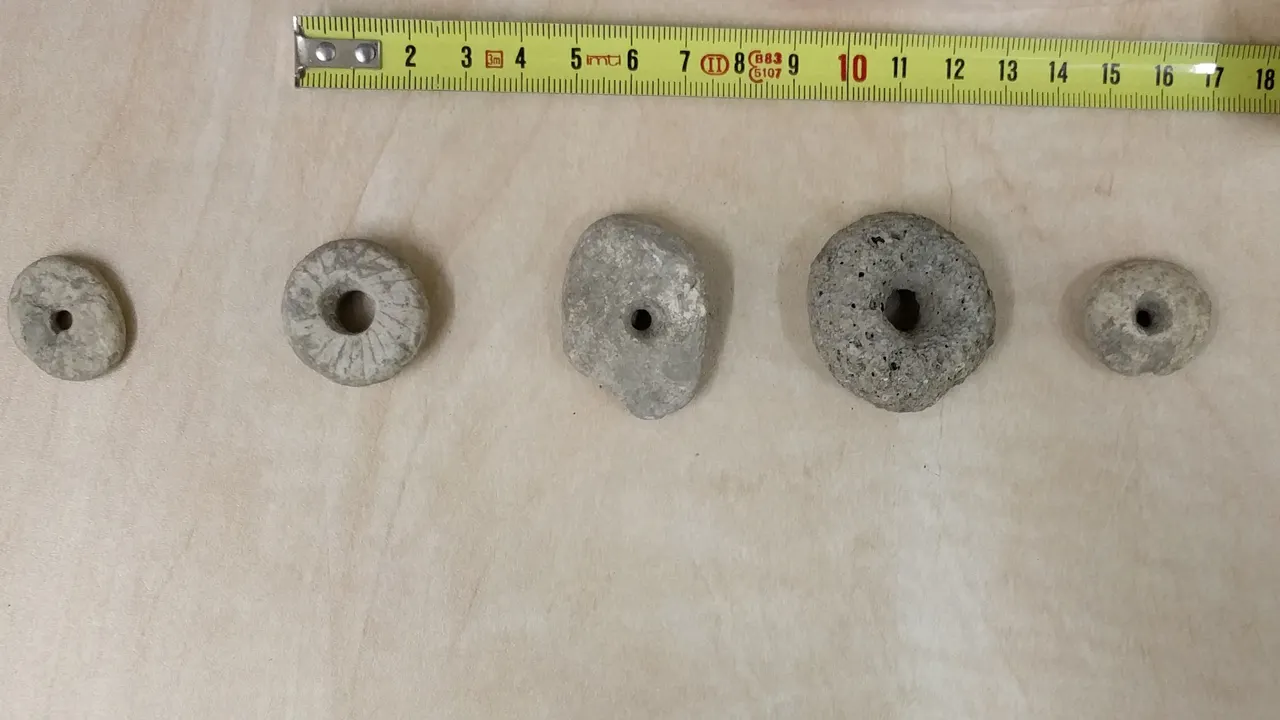
12,000-year-old perforated stones found over years of excavations in Israel may «represent early evidence for the adoption of spinning with the ’spindle and whorl’ device,» according to newly published research in PLOS ONE.
The wheel-shaped stones were found at Nahal Ein-Gev II in the Jordan Valley of Israel, over many years of excavations. A total of 113 perforated stones have been discovered in the area since 1972.
Of those stones found, 48 of them had complete perforation, 36 were broken items with partial holes present and 29 were unfinished items with one or two drill marks, according to the research.
There were over 100 wheel-shaped stones found in Israel that researchers believe are an early example of a «spindle and whorl» device. (Talia Yashuv)
MOM, SON DIG UP ANCIENT OBJECT OFTEN FOUND NEAR BURIAL GROUNDS WHILE GARDENING
The stones were «dominantly limestone,» co-authors Talia Yasuv and Leore Grosman of the Hebrew University of Jerusalem wrote in their published research, ranging in weight from 1 to 34 grams.
Researchers came up with several theories about what these perforated stones could be.
«An initial thought was they may have been related to fishing,» Yasuv told Fox News Digital in an email. Researchers ultimately came to the conclusion that, because of the shape of the stones, the material, plus the shape and size of the holes made, that they were most likely spindle whorls.
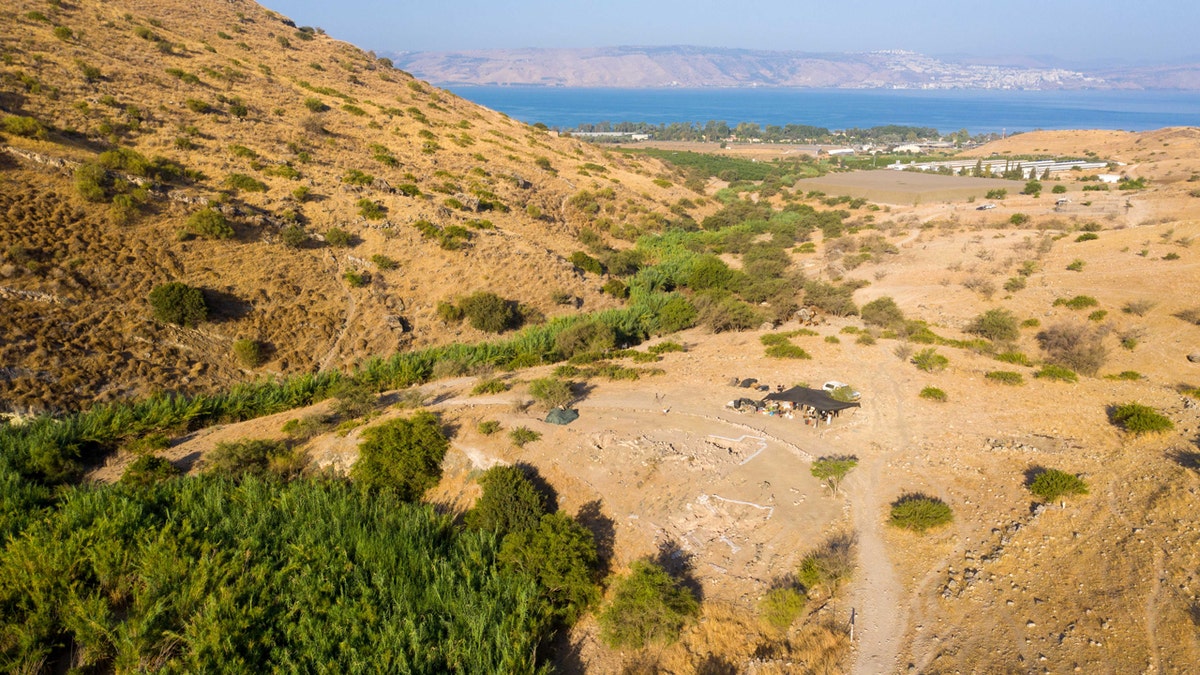
The perforated stones were found during excavations of the Nahal Ein Gev II (NEG II) in Israel’s Jordan Valley. (Naftali Hilger)
ARCHAEOLOGISTS FIND SEVERAL ROCK CARVINGS OF ANCIENT BOARD GAME DATING BACK 4,000 YEARS
High-resolution 3D models were used in this research to study the stones in much more detail.
«For the naked eye, the collection of stones seems highly variable, with no standardization in the sense that every stone in the assemblage is different and unique,» Yashuv said.
«However, the 3D analysis pointed out morphological parameters that showed there are standard measures — for example, width/length ratio, a central location of the centre of mass, the fact that the perforations were located at that point too, and that the minimal width of the perforation is at a constant measure,» Yashuv continued.
The authors of the study noted that their theory could be strengthened by «use wear analysis,» but explained that the particular method was «beyond the scope of the present article.»
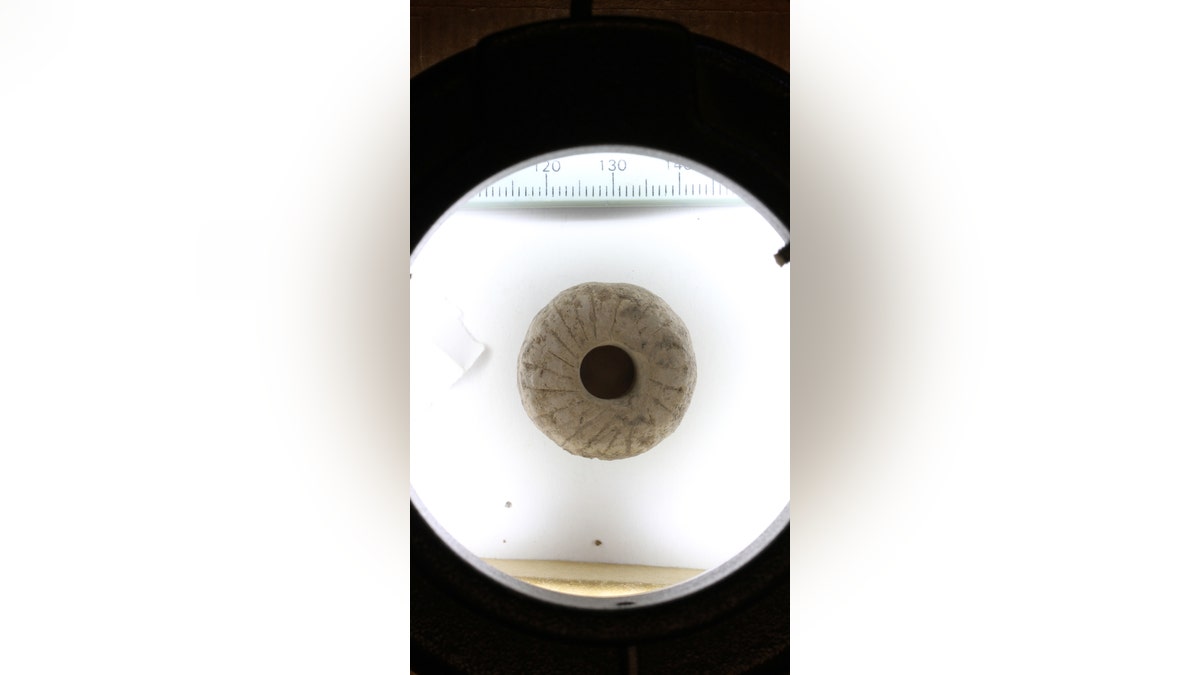
The stones were observed in great detail by researchers to gather a better understanding of their past use. Research included 3D modeling as well as a test with replicas to test the stones’ functionality as spindle whorls. (Laurent Davin)
FLORIDA PROFESSOR FIND EVIDENCE THAT ANCIENT EGYPTIANS DRANK HALLUCINOGENIC COCKTAILS
What was done as part of this study, beyond 3D modeling, was a feasibility test to test the functionality of the items as ancient spindle whorls. This was done with the help of Yonit Kristal, a traditional craft-making expert, per the study.
«Although those parameters pointed to the functionality of spindle whorls, we were left with a doubt and therefore ran a feasibility test with replicas we produced,» Yashuv said.
Though Kristal’s first initial attempt didn’t work well, the authors explained in their research, she eventually was able to spin both wool and flax using the pebbles as spindle whorls.
«Surprisingly, the experiment demonstrated that not only do the replicas function well as spindle whorls, but that the parameters we suspected as disadvantageous were actually beneficial for this purpose,» Yashuv said.
Yashuv believes that this discovery is bigger than just a matter of «who’s first.»
«The ‘earliest’ spindle whorl could easily become irrelevant when an additional earlier find will be found,» Yashuv pointed out. «However, since we suggest an explanation to how come the innovation disappeared, if an earlier find would be retrieved, it could join into the general scheme we presented.»
Through the multistep process of studying the perforated rocks, the researchers came to the conclusion that these items could have been spindle whorls that were used to spin fibers.
«In a cumulative evolutionary trend, they manifest early phases of the development of rotational technologies by laying the mechanical principle of the wheel and axle,» the researcher wrote in their study. «All in all, it reflects on the technological innovations that played an important part in the Neolithization processes of the Southern Levant.»
INTERNACIONAL
Iran hiding missile, drone programs under guise of commercial front to evade sanctions
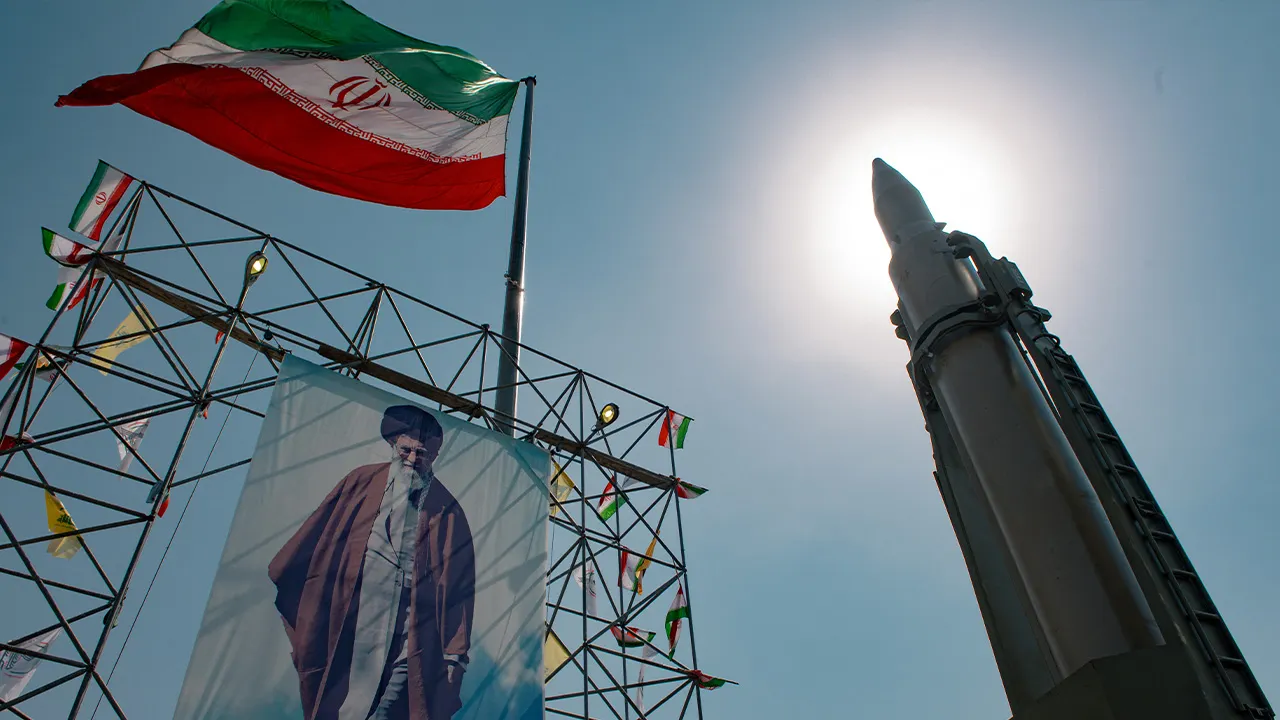
FIRST ON FOX — Iran has turned to its commercial sector to conceal its development of ballistic missiles in a move to circumvent international sanctions, turning private companies into fronts for its illicit military dealings.
Sources embedded within the Iranian regime and its Islamic Revolutionary Guard Corps (IRGC), and who are also affiliated with the Iranian resistance group called the People’s Mojahedin Organization of Iran, have collected months of information on how the civilian workforce is unknowingly fueling Tehran’s war machine.
According to a report by the National Council of Resistance of Iran (NCRI) exclusively obtained by Fox News Digital, civilian companies involved with oil, gas, petrochemicals and electronic components are susceptible to Tehran’s determination to bolster its missile and drone programs, especially as tensions with the West continue to mount over its aid to Russia’s war efforts in Ukraine as well as Iran’s direct and indirect attacks on Israel.
Heavy weapons, including ballistic missiles, are shown in Tehran, Iran, on Sept. 25, 2024. (Fatemeh Bahrami/Anadolu via Getty Images)
NETANYAHU CONFIRMS ISRAEL STRIKE AGAINST IRAN HIT NUKE PROGRAM DURING OCTOBER RETALIATORY STRIKES
The NCRI is sounding the alarm that at least three companies in Iran, including the Kaveh Mobadel Industrial Co., also known as Kaveh Machinery Co. (KMC), Sanaye Garma Gostar (SGG), also dubbed the Garma Gostar Industries, as well as the Sana Bargh Tavan Co., also known as SBT Electric, are tasked with producing items used to develop missile and drones.
«The Iranian regime’s missile program is not limited to the dozens of known military sites of the Aerospace Force of the IRGC or the Ministry of Defense,» Alireza Jafarzadeh, deputy director of the NCRI in the U.S., told Fox News Digital. «It has built a sophisticated network of commercial companies to cover up the true extent of Tehran’s missile and drone programs, as well as evading sanctions and accountability.»
Fox News Digital could not reach any of the mentioned companies for comment, but according to findings provided by embedded sources, these companies are not only subject to inspection by the Iranian Ministry of Defense but also hold contracts with the IRGC and the regime.
Despite evidence to suggest that while company executives are aware of how their businesses are being used to circumvent sanctions, the workers within the companies apparently remain uninformed despite dubious production demands.
The NCRI said it had obtained information indicating that certain items have entered the companies’ production lines that are incompatible with the business platforms.
One example highlighted in the NRCI report pointed to dozens of aluminum tanks allegedly being produced for the «dairy industry,» though the report also pointed out that «using aluminum for dairy purposes is prohibited.»
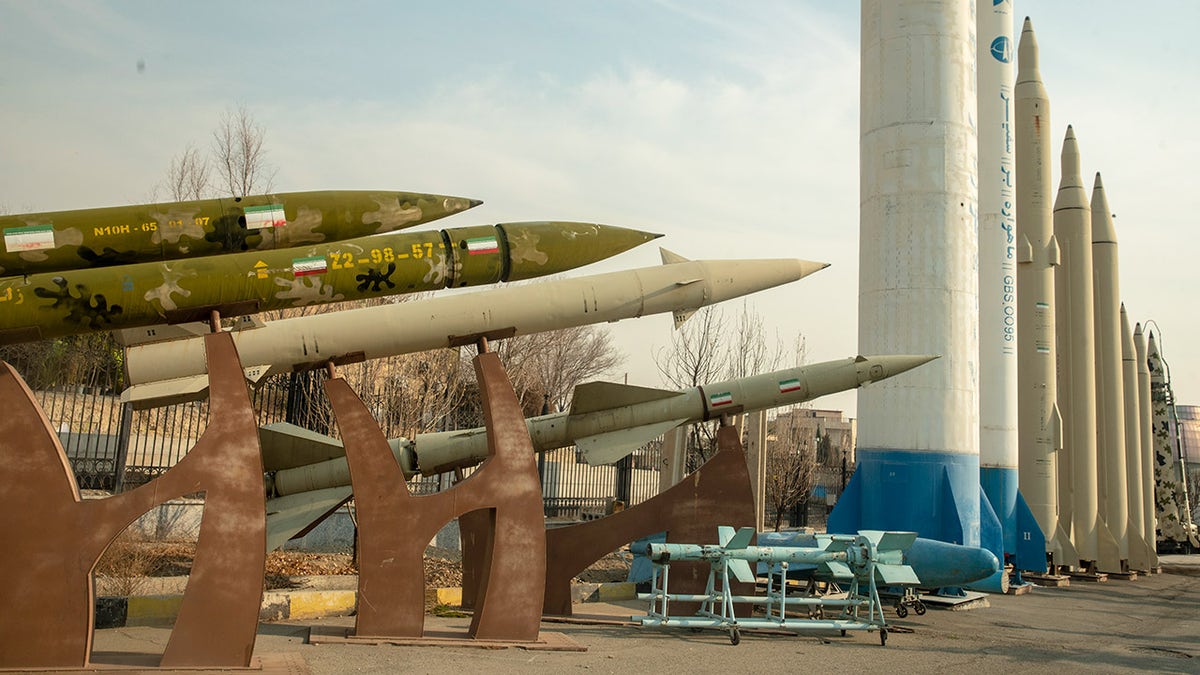
Iranian missiles are shown in a park in Tehran on Jan. 20, 2024. (Majid Saeedi/Getty Images)
IRAN MILITARY HEADS VOW ‘CRUSHING’ RESPONSE TO ISRAEL AS UN ATOMIC CHIEF SAYS NUKE SITES SHOULDN’T BE ATTACKED
While there is a strong indication that the Iranian regime is doing what it can to keep its efforts to circumvent sanctions secret, even within its own borders, some products being manufactured have likely not escaped notice.
The Sana Bargh Tavan Co., a collection of electronic factories situated in an area known as Pardis Technology Park and produces elevator drives, was reportedly discovered to be manufacturing «electronic boards for missiles and drones under the guise of other industrial products for the Islamic Revolutionary Guard Corps.»
The complex was also reported to be «under the control of the IRGC, and visitors’ access is regulated.»
Iran’s attempts to circumvent sanctions are nothing new, and despite heavy sanctions by the U.S., U.K. and the European Union (EU), Iran has continued to develop its nuclear and missile programs.

A banner depicting Iranian Supreme Leader Ayatollah Ali Khamenei is seen next to a ballistic missile in Baharestan Square in Tehran on Sept. 26, 2024. (Hossein Beris/Middle East Images/AFP via Getty Images)
IRAN VASTLY INCREASED NUCLEAR FUEL STOCKPILE AHEAD OF TRUMP RETURN, UN AGENCY FINDS
In October 2023, U.N. sanctions on Iran, which prohibited its ability to import or export missiles, drones and other related technology without prior U.N. Security Council approval under Resolution 2231, expired.
Though the sanctions were believed to have slowed Iran’s ability to develop its missile and drone programs, it did not halt it altogether.
«The Iranian regime has relied on the expansion of its missile program to make up for its near-zero air power and minimal air defense capabilities,» Jafarzadeh told Fox News Digital.
«The missile program serves two purposes for the regime: one is arming its regional proxies, such as Hezbollah, and the second, which is of strategic significance, is building missiles capable of carrying a nuclear warhead,» he added.
The U.S. last year deemed that Iran’s «missile program remains one of the greatest challenges to international nonproliferation efforts,» and it has since implemented several rounds of targeted sanctions.
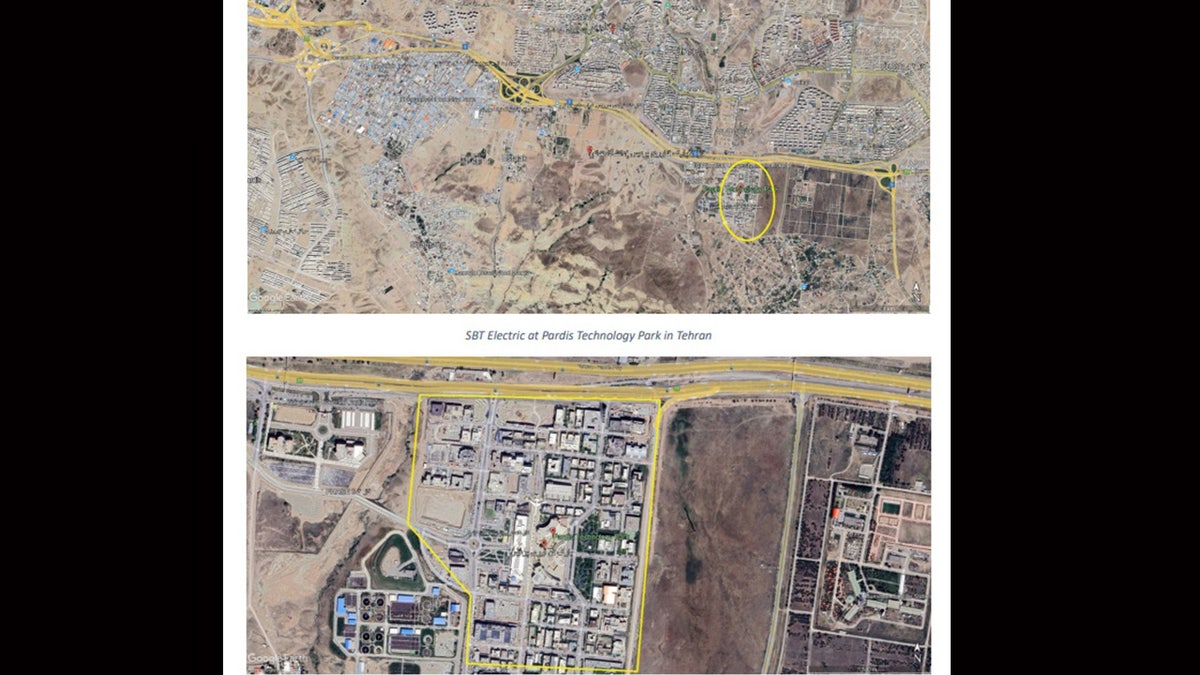
The Sana Bargh Tavan Co., east of Tehran, Iran, is shown in an image provided this month. The company reportedly produces not only elevator drives but also electronic boards for missiles and drones under the guise of other industrial products for the Islamic Revolutionary Guard Corps. (NCRI-US on behalf of the National Council of Resistance of Iran)
CLICK TO GET THE FOX NEWS APP
The U.K. and the EU on Monday announced fresh sanctions on Tehran over its support for Russia, targeting its shipping industry that is allegedly used to transfer drones and missiles.
Iran has repeatedly denied sending missiles or drones to Russia for its war against Kyiv, but the use of Iranian-made Shahed drones to target soldiers and civilians alike has been well documented in Ukraine.
-
ECONOMIA2 días ago
Gigante de Wall Street destacó a Argentina como un lugar para invertir
-
POLITICA3 días ago
Mónica Schlotthauer: “El presupuesto de Milei es claro: todo lo que recaudemos va a pagar la deuda»
-
POLITICA2 días ago
«Era por el celular», bajan el tono a la bravata del Gordo Dan sobre el «brazo armado de LLA» pero siguen los ruidos internos
-
POLITICA20 horas ago
Javier Milei, íntimo: la lealtad de los perros, su acercamiento al judaísmo y el sueño de conocer a Mick Jagger
-
INTERNACIONAL3 días ago
Cumbre del G20 en Río de Janeiro: Lula da Silva insta a avanzar en la reforma del «gobierno mundial» y en un impuesto a los supermillonarios
-
POLITICA1 día ago
De Cristina a Urribarri, de Boudou a De Vido: los funcionarios K condenados por corrupción





























